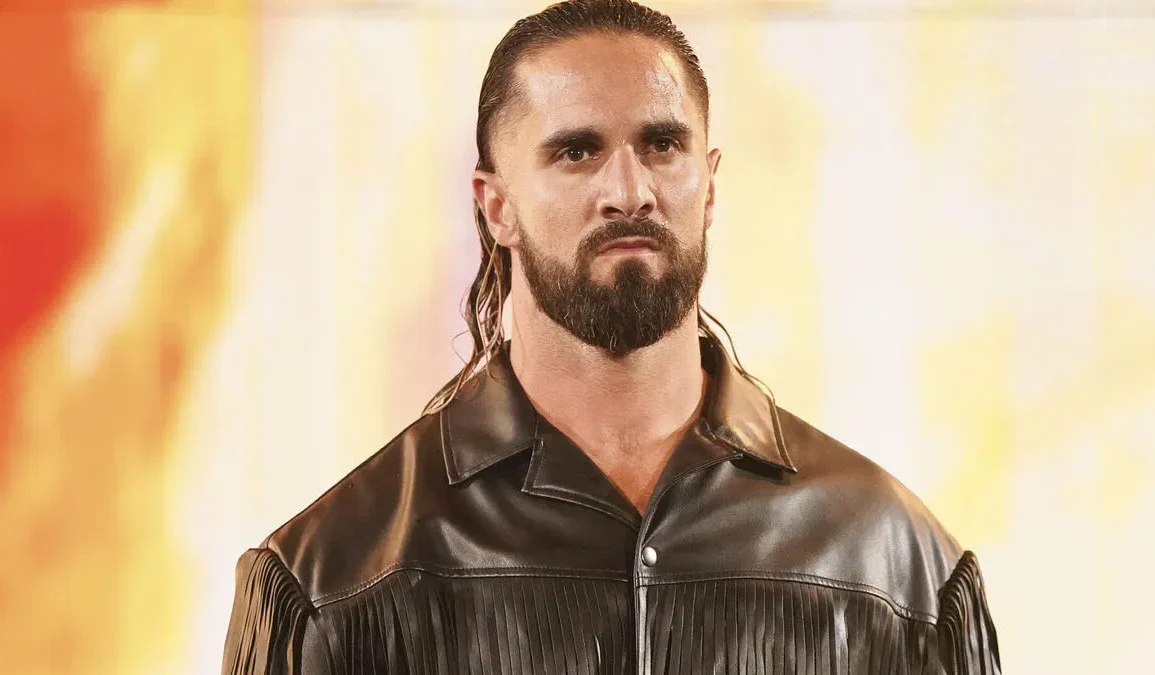In the high-stakes world of WWE, careers can be made or broken in the blink of an eye. For some superstars, the key to longevity and success lies in their ability to evolve. A gimmick change—a shift in character or persona—has proven to be the turning point for many who were once on the verge of fading into obscurity. A new look, attitude, or storyline can refresh a wrestler’s appeal and reinvigorate their fan base. In some cases, these transformations have led to iconic runs, turning once-forgotten talent into main-event players. Let’s explore some of the most notable WWE superstars who revitalized their careers by changing their gimmicks.
1. The Rock: From Rocky Maivia to “The People’s Champion”
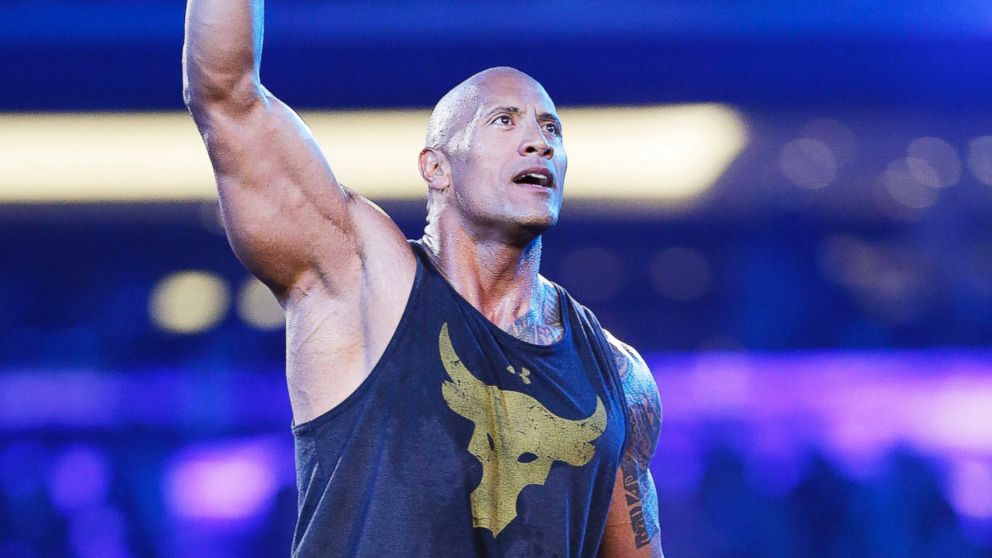
One of the most well-known gimmick transformations in WWE history belongs to none other than Dwayne “The Rock” Johnson. When he first debuted in 1996 as Rocky Maivia, a smiling, clean-cut, and seemingly unstoppable babyface, fans quickly grew tired of his goody-goody persona. Despite being pushed heavily by WWE management, Maivia failed to resonate with the crowd. Fans booed him relentlessly, and it was clear that something needed to change if he was to have a lasting career in the company.
In 1997, The Rock turned on his fans, adopting a more arrogant, cocky attitude. He dropped the “Rocky Maivia” name and became simply “The Rock.” With his new persona, he embraced his heritage, referencing his Samoan roots while also showcasing his charisma and sharp mic skills. This transition allowed him to evolve into “The People’s Champion,” a role that connected him with fans in a way that was previously impossible. The Rock’s persona shift is a prime example of how a gimmick change can a wrestler from mid-card obscurity to a true WWE icon.
2. Triple H: From Hunter Hearst Helmsley to The Game
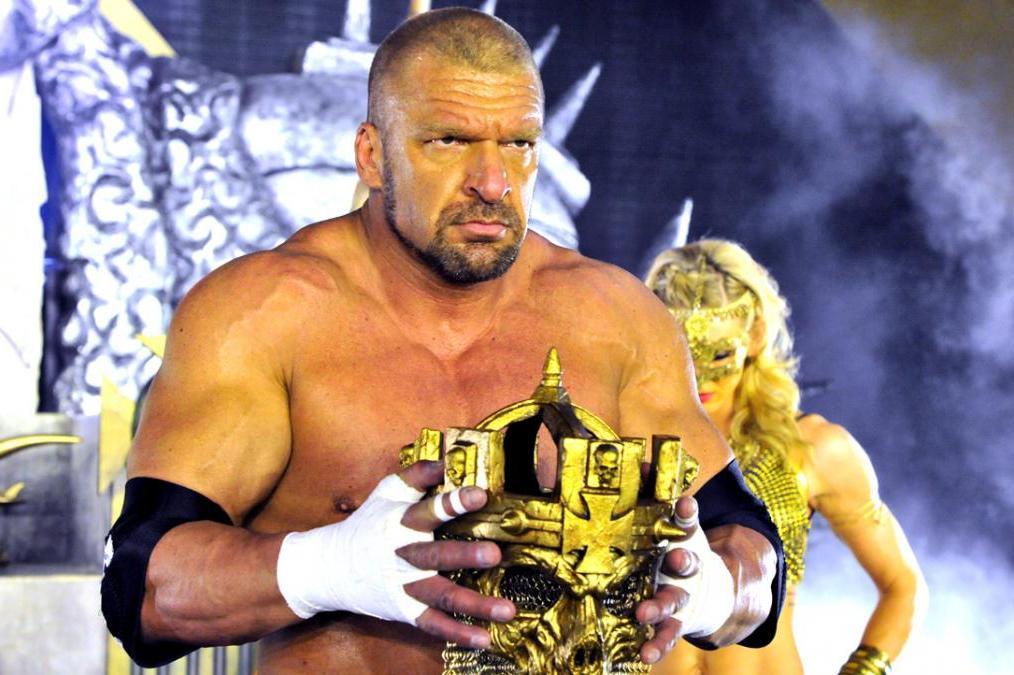
When Triple H (real name Paul Levesque) first entered WWE in the mid-90s, he was introduced as the aristocratic “Hunter Hearst Helmsley,” a snobbish character with a background of privilege. Despite his impressive in-ring skills, the gimmick failed to generate much fan interest. The character was often mocked for being too one-dimensional, and Triple H struggled to break through as a true star.
In 1997, during the height of the “Attitude Era,” Triple H underwent a major character shift. He began referring to himself as “The Game,” and adopted a more rebellious, arrogant, and cocky persona. This change allowed him to become a more aggressive and dominant figure, aligning him with fellow stars like Shawn Michaels and eventually leading to his iconic association with D-Generation X. The new persona resonated with the audience, turning Triple H into a cornerstone of WWE’s success during the late 90s and early 2000s. “The Game” was born, and with it, one of the most successful careers in WWE history.
3. Bray Wyatt: From NXT Failure to The Fiend
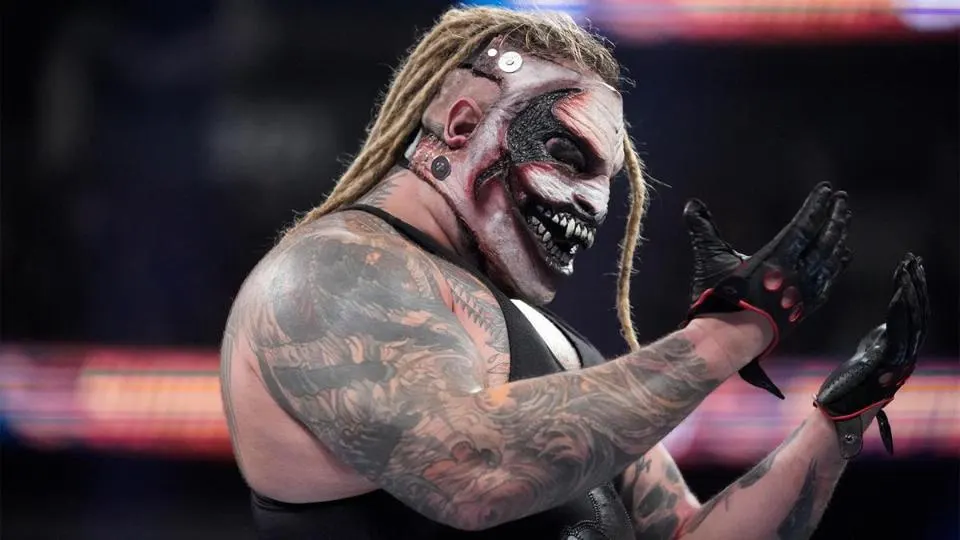
Bray Wyatt’s career in WWE provides a fascinating example of how a dramatic shift in character can completely change the trajectory of a wrestler’s career. Wyatt initially appeared in WWE under the name “Husky Harris,” part of the Nexus faction. However, his character was bland and unremarkable, and he failed to leave a lasting impact. After a lackluster start, Wyatt was repackaged and sent to WWE’s developmental territory, NXT, where he began to craft a new persona.
In 2013, Wyatt made his main-roster debut as the creepy, cult-leader “Bray Wyatt,” the leader of the Wyatt Family. This character was a huge hit, thanks to Wyatt’s ability to deliver eerie promos, his unsettling charisma, and his unique blend of Southern Gothic storytelling. Despite his success with the Wyatt Family, Wyatt’s character continued to evolve, leading to his 2019 transformation into “The Fiend.” With the Fiend, Wyatt took on a dark, supernatural persona, complete with a disturbing mask and twisted storyline. The character was an immediate success, making Wyatt one of the most popular stars in WWE at the time.
The Fiend gimmick not only rejuvenated Wyatt’s career but also allowed him to explore new creative heights, including some of the most fascinating and memorable storylines in recent WWE history. The change turned Bray Wyatt from a mid-carder into one of WWE’s most intriguing and dominant figures.
4. Seth Rollins: From “The Architect” to “The Monday Night Messiah”
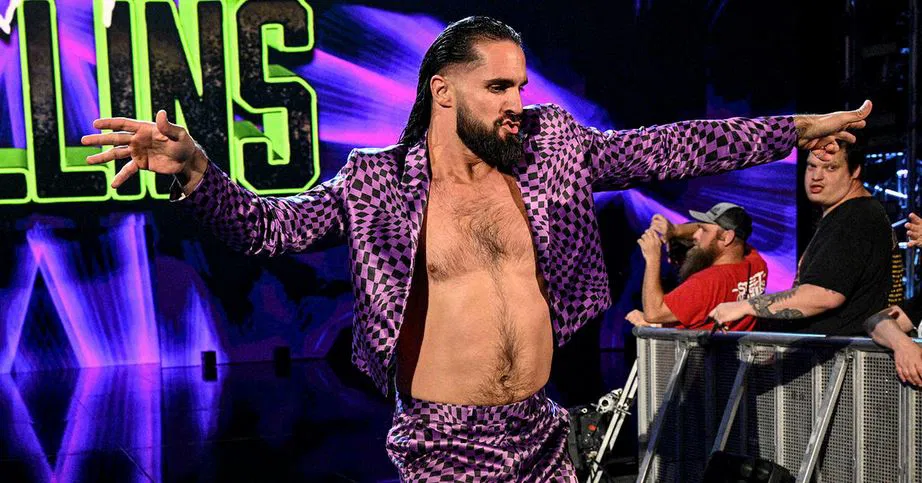
Seth Rollins’s career has been marked by several significant transformations, with one of the most impactful being his shift from “The Architect” to “The Monday Night Messiah.” Rollins debuted in WWE as part of The Shield, a dominant faction that was praised for its unity, in-ring abilities, and relentless style. As a member of The Shield, Rollins was a standout performer, earning the admiration of fans worldwide. However, after the group’s disbandment in 2014, Rollins transitioned into a solo career that saw him take on the role of “The Architect,” a character known for being strategic and calculating, and the face of WWE’s future.
Despite being a top star, Rollins’ character started to stagnate. In 2019, he underwent a drastic character change, adopting the persona of “The Monday Night Messiah.” This transformation saw Rollins embrace a more villainous and delusional attitude, positioning himself as a messianic figure who sought to “save” WWE. His “Messiah” persona was unique in its religious overtones and his consistent proclamations of being the savior of WWE, leading him to develop a cult-like following among his supporters.
This shift allowed Rollins to stand out in a crowded WWE roster, becoming a central figure in storylines and rivalries. His reign as the Monday Night Messiah elevated his character’s importance and allowed him to become one of the top heels in the company. By embracing this new persona, Rollins kept his character fresh and relevant, adding depth to his career in ways that kept fans invested in his journey.
Final Thoughts
A gimmick change in WWE can serve as the spark that reignites a wrestler’s career. Whether it’s The Rock’s shift from Rocky Maivia to The People’s Champion, Triple H’s transformation into The Game, Bray Wyatt’s evolution from Husky Harris to The Fiend, or Seth Rollins’ rebranding as The Monday Night Messiah, these WWE superstars have all shown how critical the right persona can be in the ever-changing of professional wrestling.
For WWE superstars, adapting to the audience’s tastes and evolving with the times is essential for staying relevant. A fresh gimmick can provide a path to greater success, longevity, and even legendary status. Fans are always eager to see what’s next, and when superstars find the right persona, they unlock new opportunities and create lasting memories in WWE history.

